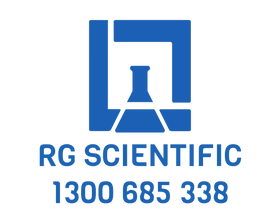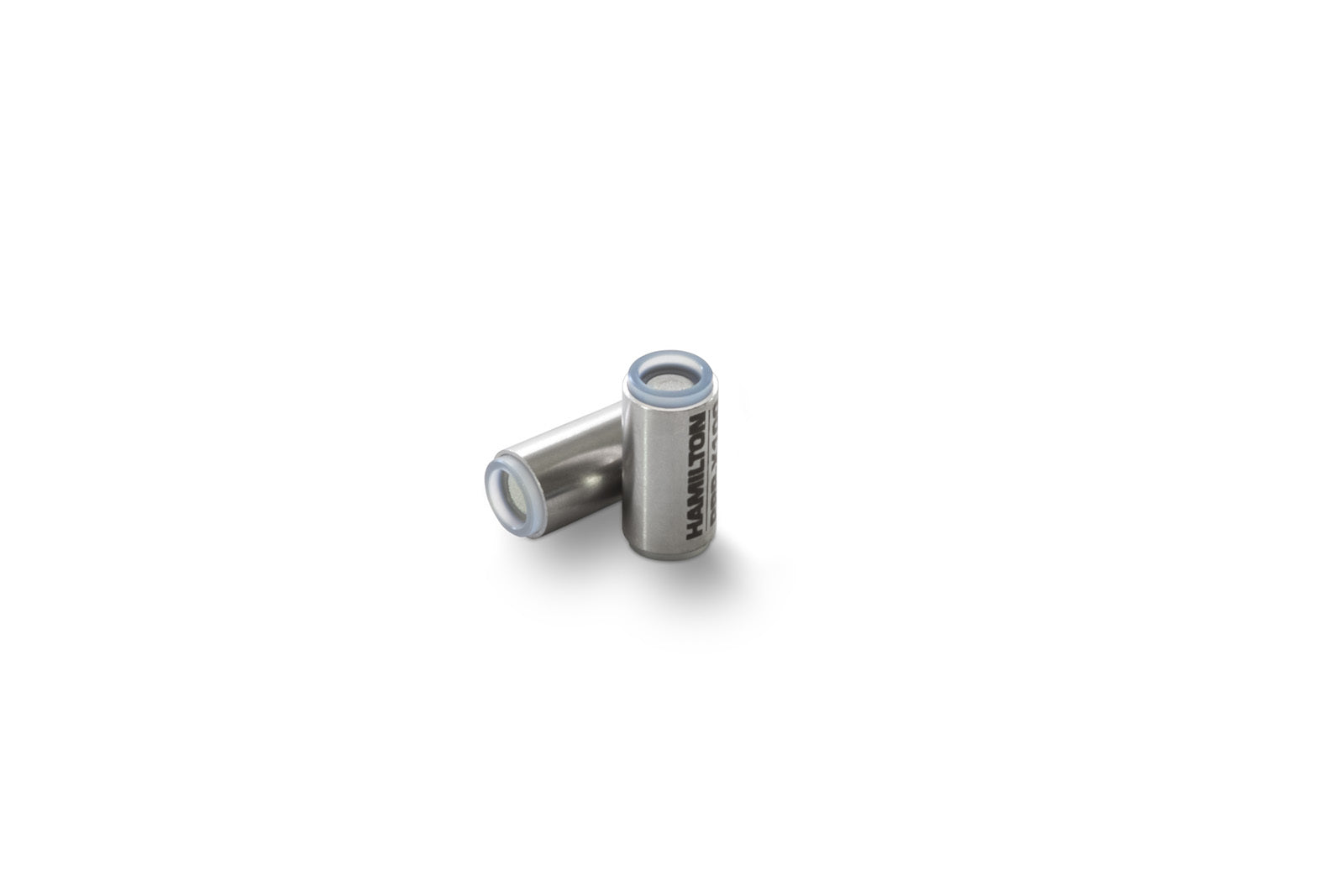Description
PRP-3 particles come with a larger (300 Å) pore size for protein separation. No silanol groups on the resin means no irreversible protein adsorption, giving > 90% analyte recovery. This stable material also allows the use of concentrated acids, chaotropes, and even detergents to minimize problems with protein solubility.
PRP-3 Overview
The PRP-3 is a reversed-phase column optimized for separation of macromolecules such as DNA, RNA oligos, proteins, peptides and proteomics. Hamilton’s PRP-3 is a polymeric reversed-phase HPLC column designed for the purification and isolation of proteins and peptides with very good recovery (> 90%). It is based off of the PRP-1 but utilizes a 300 Å pore size rather than the PRP-1’s 100 Å pore size. The highly inert polymeric packing poly(styrene-divinylbenzene) enhances protein recovery because there are no silanol groups on the support to cause irreversible protein adsorption.
PRP-3 is a PS-DVB support that is pressure stable up to 5,000 psi and cross-linked to prevent shrinking or swelling when the mobile phase is changed. Chemically, proteins present solubility problems unlike many small molecules. Most proteins are hydrophobic on the inside, with highly charged exteriors. This often presents dissolution problems, particularly when pH is near the isoelectric point of the protein. The rugged chemical nature of the PRP-3 allows the protein chemist a much broader selection of agents for dissolution, including concentrated acids, aggressive chaotropes, as well as detergents. In proteomics, the PRP-3 has excellent potential for single-column 2D HPLC. The orthogonal selectivity between low and high pH separations is often comparable to that achieved with two different column formats (SCX, RP), but with the added bonus of MS-compatible mobile phase.
PRP-3 stationary phase structure and applications
Applications:
Organic compounds: large molecules (> 2,000 mw), peptides, proteins, protein digests, protected and de-protected oligonucleotides, nucleic acids
Polymer Packings
Hamilton Polymers - Poly(styrene divinylbenzene) or PS-DVB is a robust polymer material used as the base framework for all the Hamilton polymer HPLC packing materials. The high degree of cross-linking with divinylbenzene makes the polymer bead extremely durable for high pressure applications.
Polymer columns can handle pressures over 5,000 psi, have a usable pH range of 1?13, and can be cleaned with 1.0 M sodium hydroxide to remove strongly retained material. Swelling in organic solvents such as THF or chloroform is negligible because of the cross?linking. PS-DVB resins can be operated at much higher temperatures as compared to silica based materials, and they provide excellent sample recoveries due to the lack of acidic silanol groups. Polymer columns are similar in retention characteristics to a C18, however, selectivity can be slightly different in some cases.

